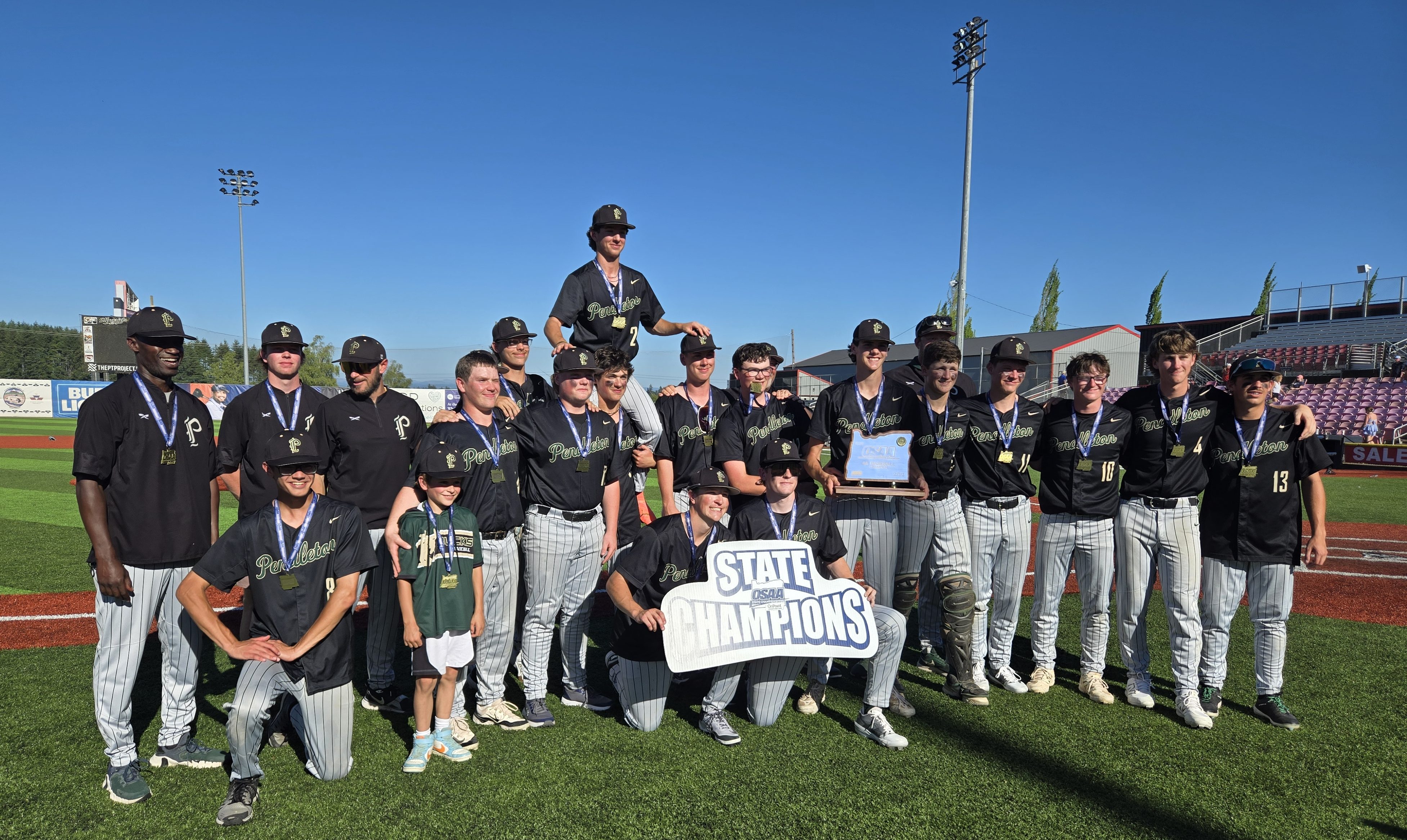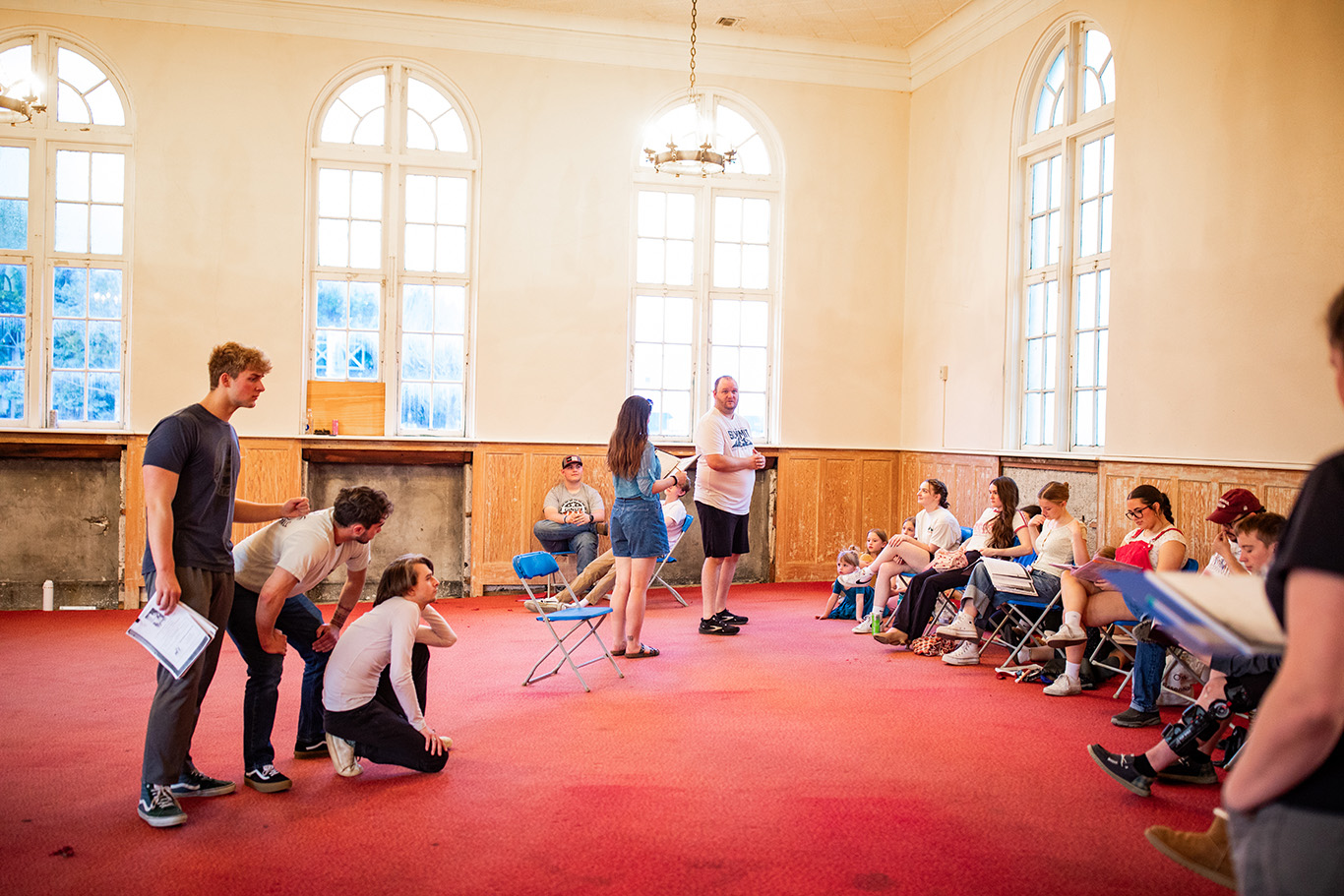Coloma State Park transports visitors back to California’s gold rush era
Published 12:28 pm Sunday, May 9, 2004
It sparkled. It glittered. It was different from anything else in the icy rapids of the American River. Peering at the frigid waters, James Marshall spotted the brilliance. Bending down and further examining the glimmering substance, he applied the simple, nonscientific test of biting it and determined the mineral was malleable – not brittle. He was sure. It was gold.
This discovery of the first gold in the Coloma Valley of the Sierra Nevada foothills in California was cataclysmic. Marshall’s find, Jan. 24,1848, changed the course of California’s future, starting the gold rush and opening this sparsely settled frontier to a deluge of settlers, most of whom were bent on making their fortunes mining or panning for gold. Dreams were born; few were realized. James Marshall died a poor man.
In its prime, Coloma had a population of about 5,000, mostly miners. The rest worked at Sutter’s Sawmill or sold supplies to the miners.
Today, a sleepy village of 250 remains of the heyday population. The state has preserved 274 acres of the discovery site as Marshall Gold Discovery State Historic Park.
The area survives on tourism, highlighting its grand past when gold was king, and taking advantage of its wide range of recreational activities; white water rafting, hiking trails, nature trails and fishing.
A stone and mortar monument on the edge of the American River marks the spot gold was first found at Sutter’s Mill. There are several places to picnic and enjoy the bucolic lifestyle within the park. Giant old oak trees and manzanita shrubs offer welcome shade in this arid and sunny locale.
The town showcases many historic original buildings ranging in age from the 1850s to 1920s. Most of the buildings were torn down to mine the ground underneath. Bekeart Gun Shop, the Argonant Refreshment Saloon, the Blacksmith Shop, Bell’s Store, The Post Office, the 100F Hall, St. Johns Catholic Church and the Catholic cemetery remain. The Olde Coloma Theatre, which is not that old (1920s), produces performances where audiences are encouraged to boo, hiss and join in the fun reminiscent of a mining town crowd in the 1840s and 1850s.
Coloma has a living history program so many of the buildings are occupied by docents each Thursday and Friday, March through October. As many as 53,000 fourth-graders visit the park each year. The stories of double hangings in order to save money always provokes great interest. One suspect was hanged for shooting a prostitute because she would not marry him. (He was already married).
Bekeart’s Gun Shop, the oldest business in Coloma (built around 1850) houses a collection of nonfiring replicas and black powder rifles for display only. Frank Bechtel, the owner, still does a limited amount of gunsmithing. Stepping into his souvenir shop is like entering a time tunnel. Guns, bear skins and other paraphernalia used in mining crowd the little store from wall to wall. Miss Elly, who manages Bekeart’s, pans for gold in her spare time. With a prospector’s perennial optimism, she says “I haven’t quit my day job yet, but there is always the chance I’ll find a big nugget out in the river. Some people have.”
The shop is a “gold mine.” Open seven days a week from February to November, its main draw are the activities offered to school children. Volunteers, often miners themselves, teach children how to make a medicine bag, how to do a tin punch picture and the skill of panning for gold in the trough beside the store. Miss Elly admits the trough is “salted” with gold for the kids.
Other shops to explore include the Blacksmith Shop where volunteer blacksmiths demonstrate skills of old. One of the favorite handiworks is the old-fashioned Courting Candle Holder. The holder measures the length the candle is allowed to burn. If a father approved his daughter’s suitor, he placed a long candle in it when the fellow came to call. If her choice was unpopular, a short candle was used. Whichever way, when the candle had burned down to a certain length, it was time for the boyfriend to go home.
The Gold Discovery Museum distills the history of Coloma. A tribute to the men and women who were lured by the lust for gold, the museum chronicles their record and how this area evolved; the people who settled and built California. For it is in Coloma that the state had its true beginnings and the many artifacts collected here attest to its legacy. The gift shop located in the museum carries many good books describing the area and its history.
If you go
Where: Located on Highway 49, halfway between Placerville and Auburn, Coloma is 40 miles east of Sacramento, in the heart of the Gold Rush Country. Marshall Gold Discovery State Historic Park: 530.622.3470 or www.parks.ca.gov.
Two eateries in the Park: The Grange and The Argonaut Refreshment Saloon, both limited menus. More full service restaurants one mile north on Highway 49.
Calendar of Events, Lodging:, and Recreational Activities: www.coloma.com.





